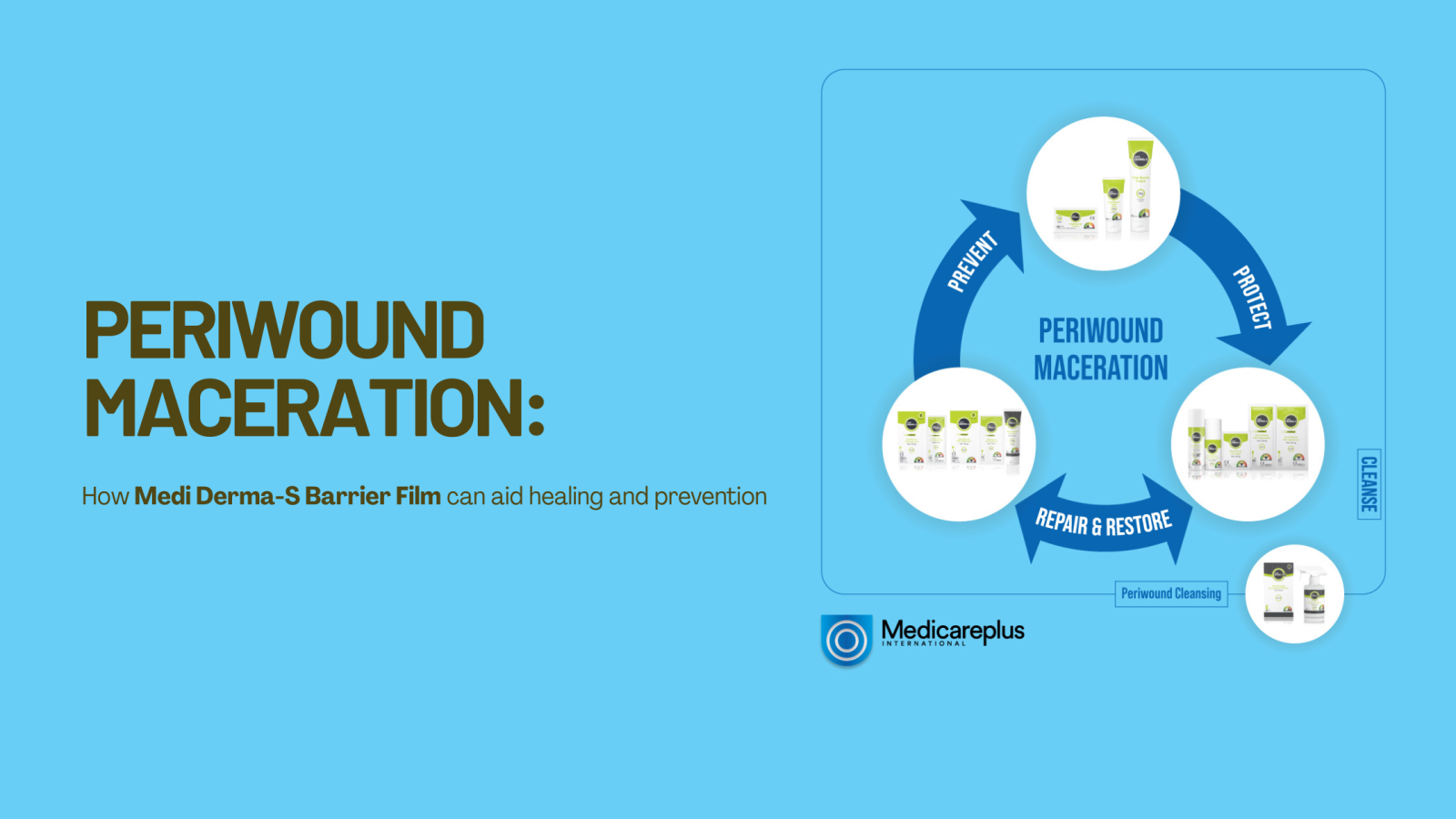How to treat periwound maceration?
If you suspect that the skin around a wound has periwound maceration, it is important to take action right away.
Clean the wound and the surrounding area
The first step is to clean the wound and the surrounding area. Be sure to use a gentle cleanser and avoid scrubbing the area. Once the wound is clean, dry it off completely, withou any vigorous rubbing.
Apply a bandage or dressing
Once you have applied the barrier film, you can then apply the suitable dressing. Be sure to choose one that is absorbent and breathable to allow the wound to heal properly.
Monitor the area closely
Be sure to monitor the area closely for any further signs of periwound maceration. If you see any, be sure to take action right away. Research also supports the use of barrier films, creams and ointments as a preventative approach in individuals at high risk.
By following these steps, you can help prevent periwound maceration and promote healing.
Medicareplus offers a range of wound care products that can help to prevent periwound maceration and other types of MASD. Our products are designed to be gentle on the skin are easy to use and backed by clinical evidence, enabling clinicians to deliver better patient outcomes.
